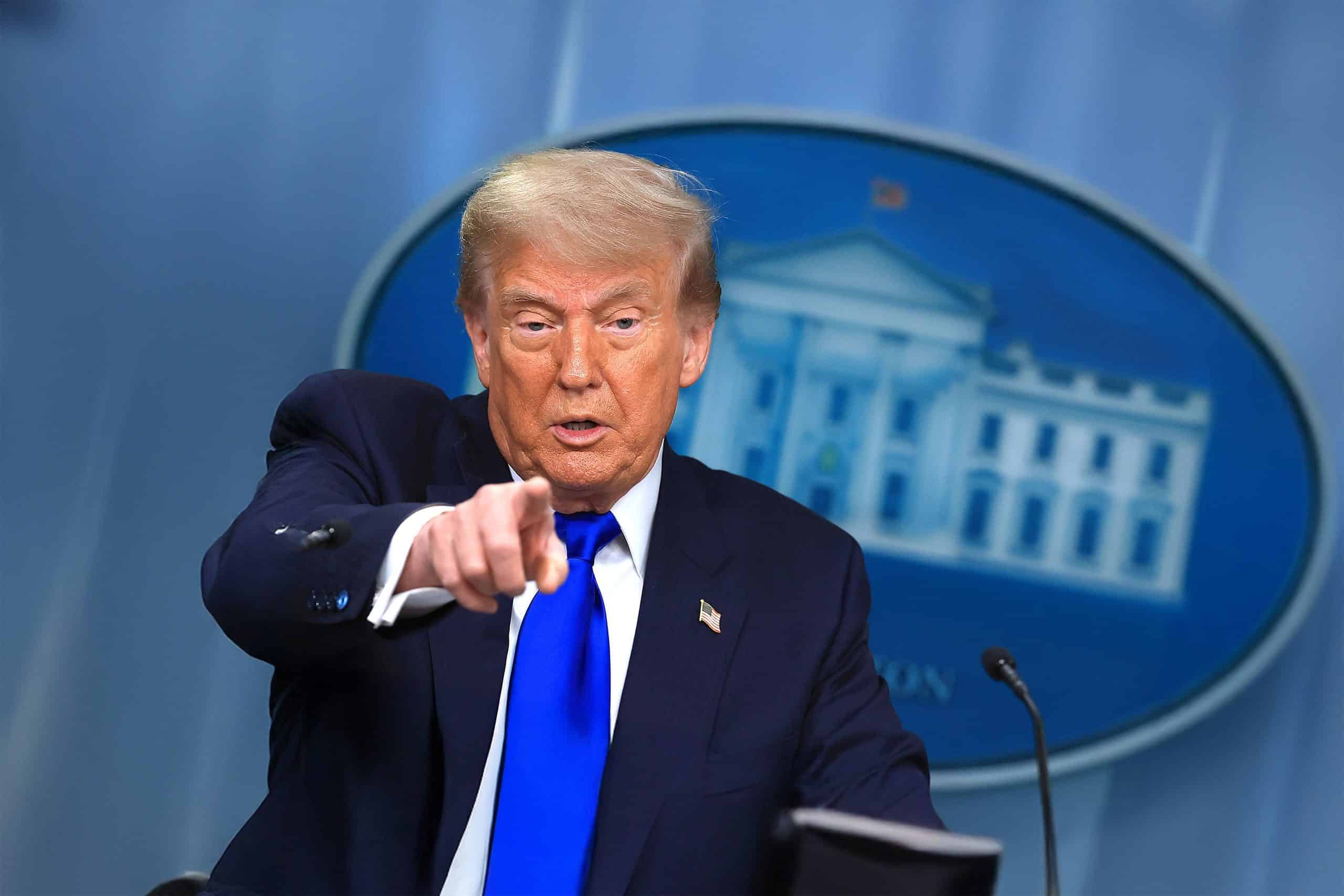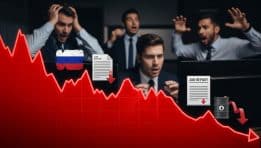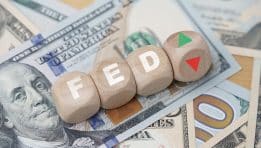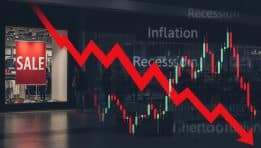The Implications of an Open Vacancy on the Fed
The Federal Reserve, often referred to as the Fed, plays a critical role in steering the United States economy through its control of interest rates, inflation, and employment. Recently, a vacancy has opened on the Fed’s Board of Governors, generating intense debate about the future of U.S. monetary policy—particularly in light of former President Donald Trump’s calls for aggressive rate cuts. Trump has urged the board to “assume control” if Chair Jerome Powell does not move to lower interest rates, a statement that adds political pressure to an already sensitive situation.
The vacancy has become more than just a procedural matter; it represents a possible inflection point in how the Fed approaches its core responsibilities. With economic uncertainty looming, the stakes are high.
Why This Vacancy Matters
The appointment of a new member to the Fed’s board can significantly alter the trajectory of U.S. monetary policy. Here are key reasons the vacancy is especially important:
-
Decision-Making Power: A new board member will take part in vital votes on interest rates and other economic tools that shape national financial stability.
-
Potential Policy Shift: If Trump’s influence affects the nomination, we could see a tilt toward more accommodative (i.e., low interest rate) policies.
-
Market Reactions: Financial markets tend to react strongly to shifts in Fed leadership, which can increase volatility in both stocks and bonds.
Trump’s Push for Rate Cuts
Trump’s advocacy for lower interest rates is rooted in a desire to stimulate economic growth. Lower rates make borrowing cheaper, encouraging spending by consumers and investment by businesses. This, in turn, can spur job creation and economic expansion.
However, slashing rates too aggressively can backfire. Risks include:
-
Inflation: If the economy grows too fast, prices may rise uncontrollably.
-
Currency Devaluation: Excessively low rates can weaken the dollar’s value in global markets.
-
Asset Bubbles: Cheap money can overinflate asset prices, creating market imbalances.
Thus, while rate cuts may seem like a short-term solution, they require careful consideration of long-term consequences.
Understanding the Fed Board’s Role
The Federal Reserve Board of Governors is responsible for managing U.S. monetary policy, supervising banks, and ensuring financial stability. Each board member is nominated by the President and confirmed by the Senate.
The open vacancy is not just about replacing a seat—it’s about potentially shifting the Fed’s approach toward interest rate policy. If Trump’s preferred candidate is appointed, the board could move in a more dovish or hawkish direction depending on that individual’s economic stance.
Possible Outcomes of the Vacancy
This development could lead to several scenarios:
-
Increased Political Pressure: The Fed may face heightened scrutiny and influence from political leaders if new board members align with partisan views.
-
Shift in Monetary Strategy: The introduction of a new voice could push the Fed toward more aggressive or more cautious economic interventions.
-
Market Uncertainty: As leadership changes, investors may react with increased caution, impacting financial markets across sectors.
The Structure and Leadership of the Federal Reserve
The Federal Reserve System comprises:
-
A Board of Governors based in Washington, D.C.
-
12 regional Federal Reserve Banks
-
Numerous member banks
The Board of Governors holds substantial influence over monetary policy. Its members shape strategies on inflation control, employment levels, and economic growth.
Key Functions of Fed Leadership
Federal Reserve leadership is tasked with several essential roles:
-
Monetary Policy: Managing interest rates and the money supply to stabilize prices and promote employment.
-
Regulatory Oversight: Ensuring the safety and soundness of financial institutions.
-
Financial Stability: Monitoring and mitigating systemic risks in the economy.
-
Economic Research: Providing data and analysis that inform policy decisions.
Leadership Changes and Economic Direction
New appointments can profoundly affect economic outcomes. A hawkish appointee might prioritize combating inflation through higher rates, while a dovish appointee might focus on job growth and market support through lower rates.
Such transitions are especially impactful during periods of economic instability or political friction, where the direction of monetary policy may be heavily debated.
Public Confidence in the Fed
The effectiveness of the Federal Reserve depends largely on public trust. Transparency, clear communication, and consistent policy-making are vital in maintaining that trust. If leadership changes appear politically motivated, it may erode the Fed’s credibility.
Navigating Leadership Challenges
Fed leaders face numerous challenges, including:
-
Inflation fears
-
Uncertain global economic conditions
-
Volatile financial markets
-
Political interference
These issues make it critical that appointments are made based on expertise and integrity, not solely on political alignment.
The Future of Fed Leadership
As the economy evolves, so do expectations for Fed leadership. Issues like income inequality, financial inclusion, and climate-related financial risk are increasingly entering policy discussions.
New board members will likely be expected to address these broader concerns, in addition to traditional monetary responsibilities.
Conclusion
The current vacancy on the Federal Reserve Board is more than a personnel change—it’s a potential turning point for the future of U.S. economic policy. Trump’s push for lower interest rates, paired with his calls for the board to act independently if Powell does not comply, adds urgency and complexity to the decision.
Who fills this seat may determine how the Fed responds to inflation, unemployment, and market volatility. For everyday Americans, investors, and businesses alike, the implications are real and far-reaching.
Staying informed about these developments isn’t just for economists. Understanding the forces shaping the Fed’s leadership helps you anticipate changes in borrowing costs, investment opportunities, and overall economic trends. The next steps taken by the Federal Reserve will have lasting effects—and the time to pay attention is now.
Comparison, examination, and analysis between investment houses
Leave your details, and an expert from our team will get back to you as soon as possible
* This article, in whole or in part, does not contain any promise of investment returns, nor does it constitute professional advice to make investments in any particular field.
To read more about the full disclaimer, click here- Articles
- •
- 18 Min Read
- •
- ago 3 minutes
 Stocks Extend Jobs-Fueled Slide on Russia Jitters: Markets Wrap
Stocks Extend Jobs-Fueled Slide on Russia Jitters: Markets Wrap
The Impact of Jobs Data on Stock Market Trends Amid Russia's Political Climate The job market plays a crucial role
- ago 3 minutes
- •
- 18 Min Read
The Impact of Jobs Data on Stock Market Trends Amid Russia's Political Climate The job market plays a crucial role
- Articles
- •
- 13 Min Read
- •
- ago 23 minutes
 DID THE FED JUST ROYALLY SCREW UP?
DID THE FED JUST ROYALLY SCREW UP?
Analyzing Whether the Fed Just Royally Screwed Up: Implications for the Economy The recent actions of the Federal Reserve have
- ago 23 minutes
- •
- 13 Min Read
Analyzing Whether the Fed Just Royally Screwed Up: Implications for the Economy The recent actions of the Federal Reserve have
- Articles
- •
- 19 Min Read
- •
- ago 31 minutes
 SHOE CARNIVAL, ZUMIEZ, AMERICA’S CAR-MART, ONEWATER, AND DILLARD’S SHARES ARE FALLING, WHAT YOU NEED TO KNOW
SHOE CARNIVAL, ZUMIEZ, AMERICA’S CAR-MART, ONEWATER, AND DILLARD’S SHARES ARE FALLING, WHAT YOU NEED TO KNOW
Analyzing the Decline: Why SHOE CARNIVAL, ZUMIEZ, AMERICA'S CAR-MART, ONEWATER, and DILLARD'S Shares Are Falling In recent months, several retail
- ago 31 minutes
- •
- 19 Min Read
Analyzing the Decline: Why SHOE CARNIVAL, ZUMIEZ, AMERICA'S CAR-MART, ONEWATER, and DILLARD'S Shares Are Falling In recent months, several retail
- Articles
- •
- 18 Min Read
- •
- ago 56 minutes
 S&P 500 SINKS 1.6%, ITS WORST DROP SINCE MAY, FOLLOWING SURPRISINGLY WEAK HIRING NUMBERS AND TRUMP’S TARIFF ROLLOUT
S&P 500 SINKS 1.6%, ITS WORST DROP SINCE MAY, FOLLOWING SURPRISINGLY WEAK HIRING NUMBERS AND TRUMP’S TARIFF ROLLOUT
The Impact of the Recent The recent downturn in the S&P 500, which sank 1.6% marking its worst drop since
- ago 56 minutes
- •
- 18 Min Read
The Impact of the Recent The recent downturn in the S&P 500, which sank 1.6% marking its worst drop since












